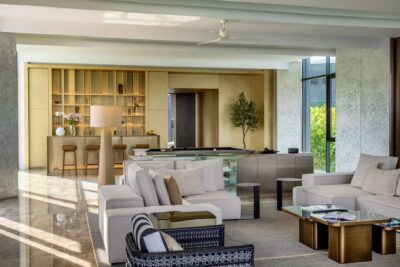
While Patong, Bang Tao, and Kata are Phuket’s most popular beaches, quite a few spots allure the senses of those looking for a more tranquil and slower beach day. Introducing Phuket’s Banana Beach, nestled on the northeastern tip of Koh Hey or Coral Island, where the beautiful azure waters kiss the perfectly soft white sand […]





